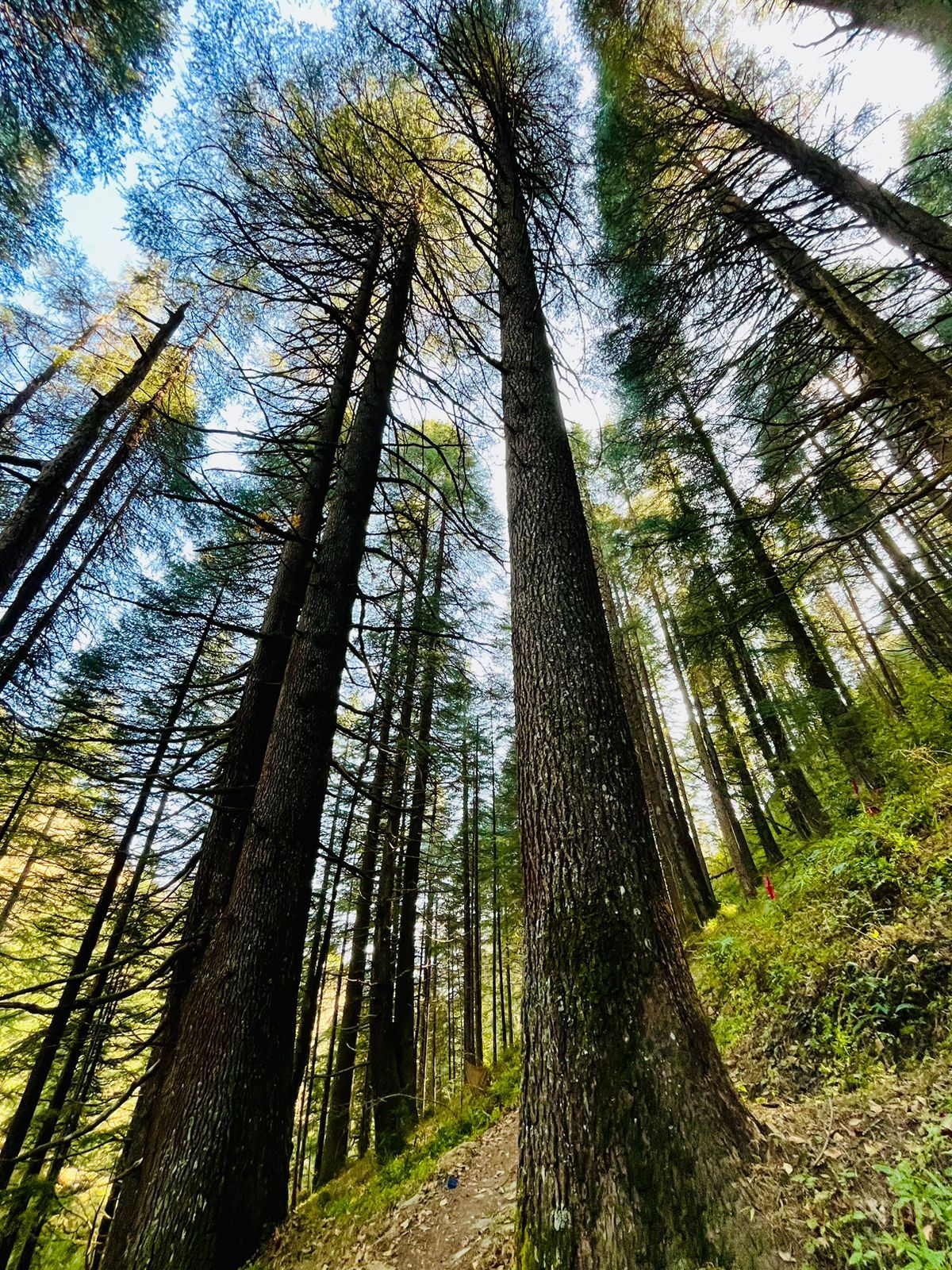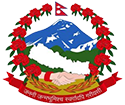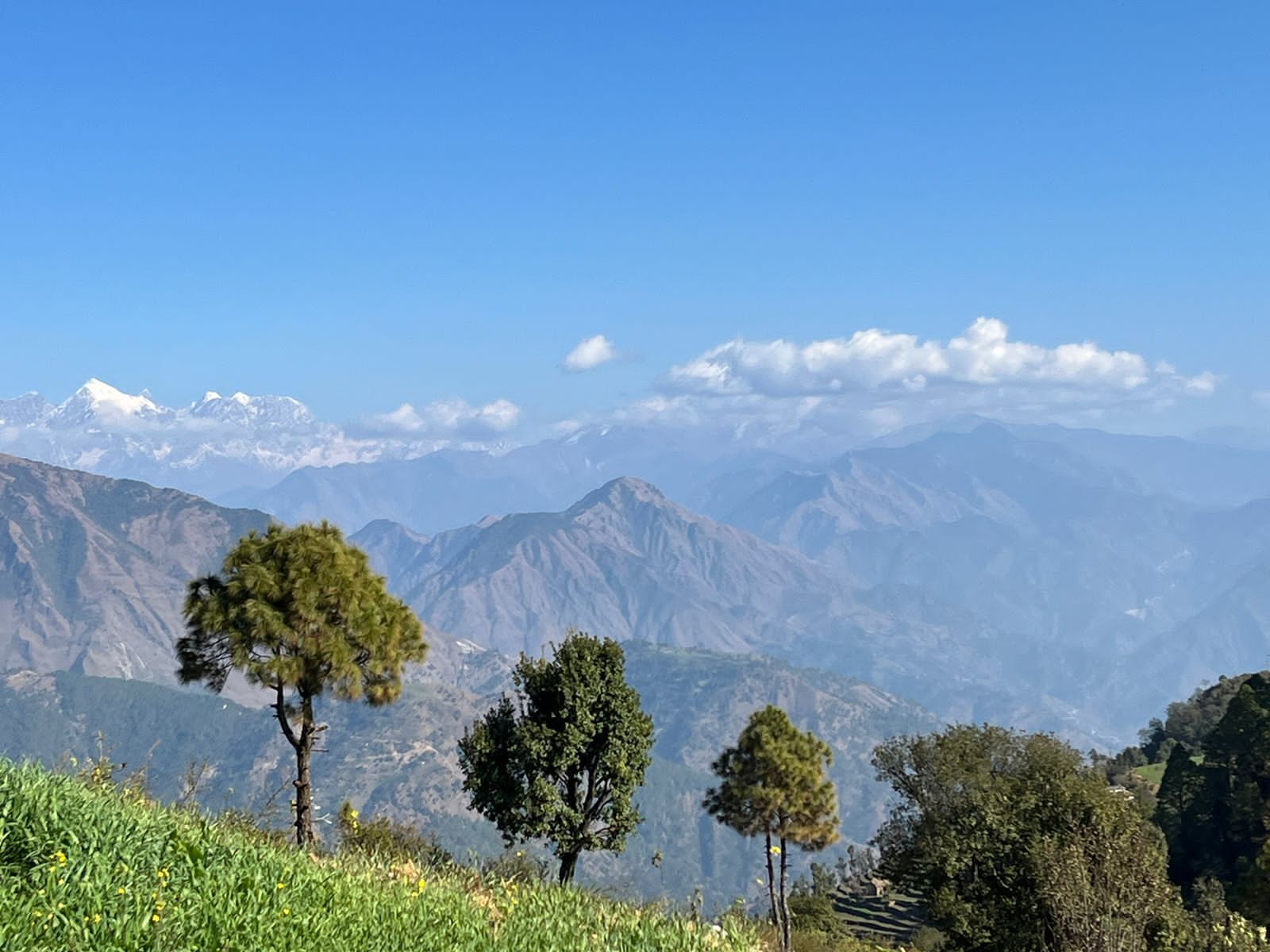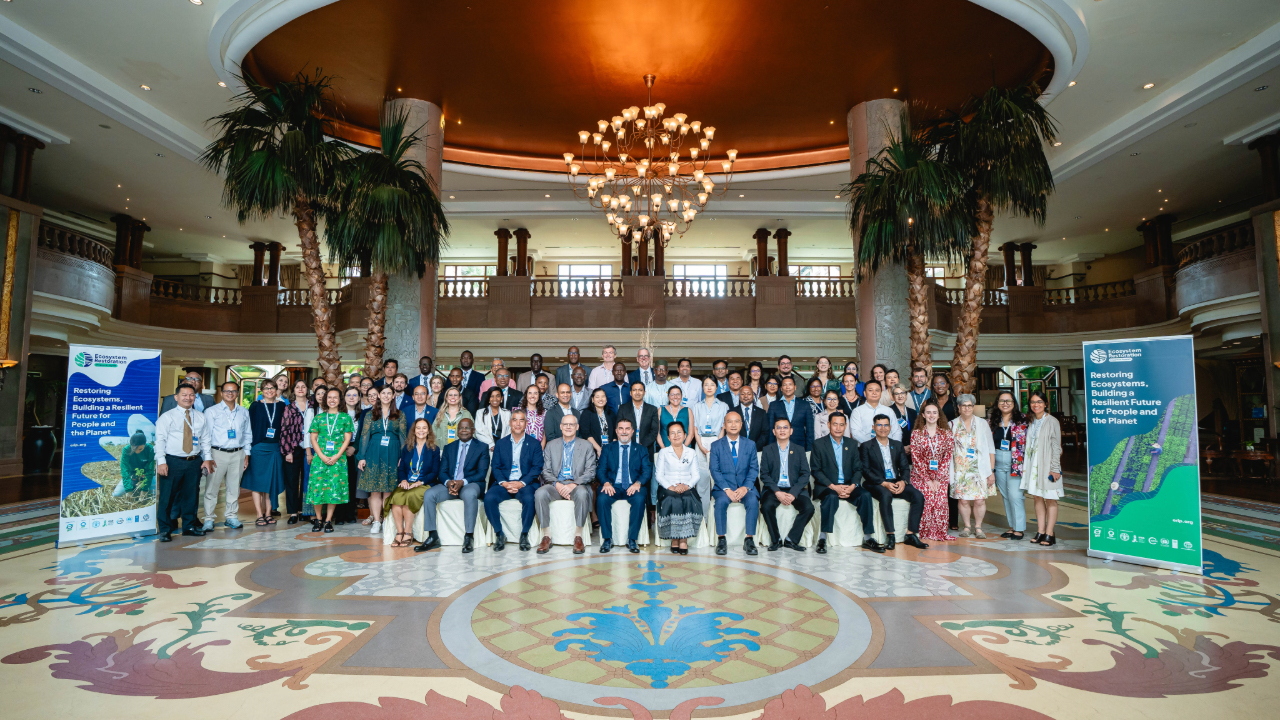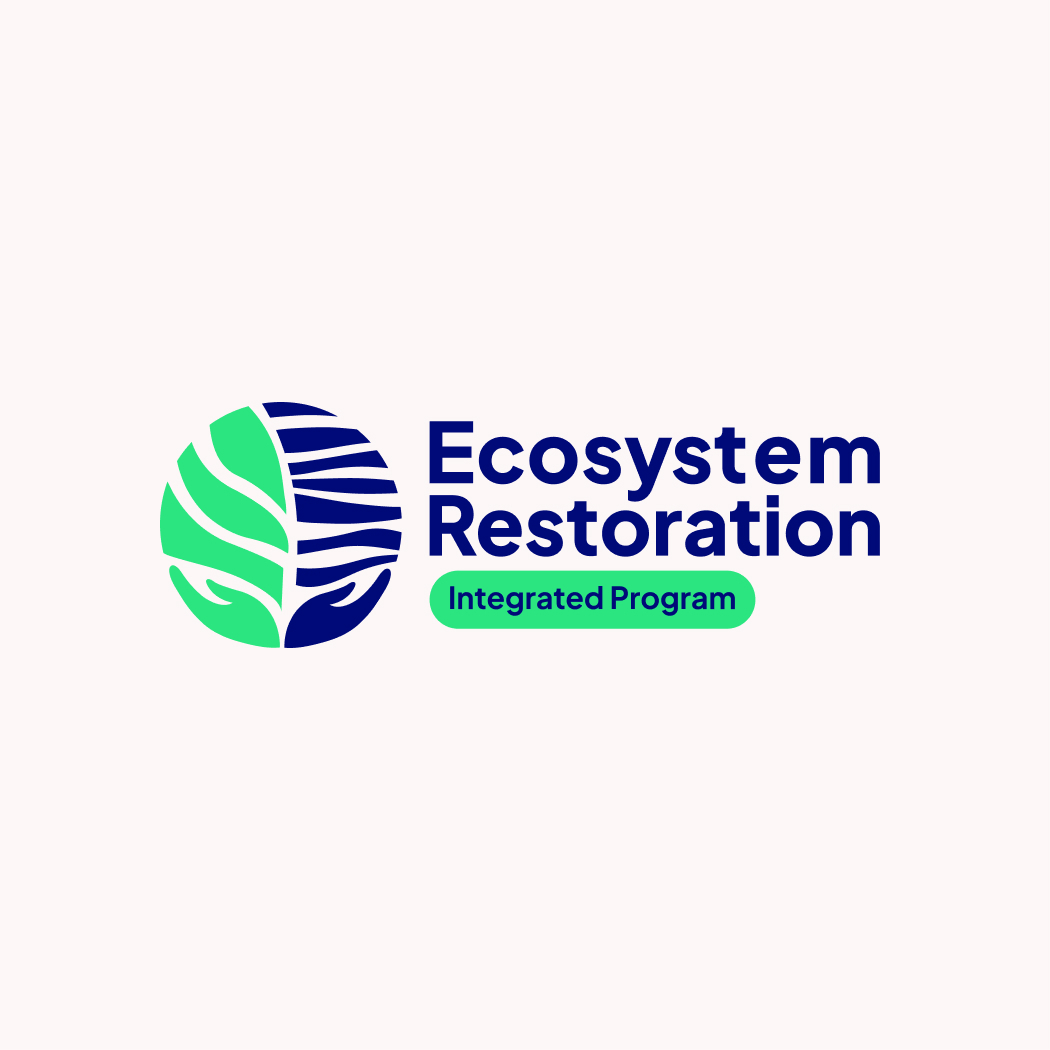Restoration Ambition
The project aims to restore and manage middle mountain ecosystems in Far-West Nepal, in line with national and global restoration goals. It will focus on creating the conditions needed for long-term impact by developing policy frameworks, strengthening coordination among stakeholders, and building technical capacity.
Restoration activities will include identifying and restoring priority ecosystems, supporting community forest and agriculture-based groups, and improving value chains for key products. Knowledge management will be integrated through documentation, dissemination, and capacity building to support the exchange of practices and lessons learned.
Photo credit: FAO

